The enigmatic ‘Lion Man’ figurine—found in a German cave just before the outbreak of World War II—has been hailed as the oldest known figurative sculpture, possibly a god, a shaman, or a therianthropic being combining animal and human elements. However, this interpretation has been increasingly questioned. In this article, we delve into the origin, reconstruction, and misinterpretations of the ‘Lion Man’ and present compelling evidence suggesting that this Ice Age icon may, in fact, depict a standing bear, not a lion-headed human.
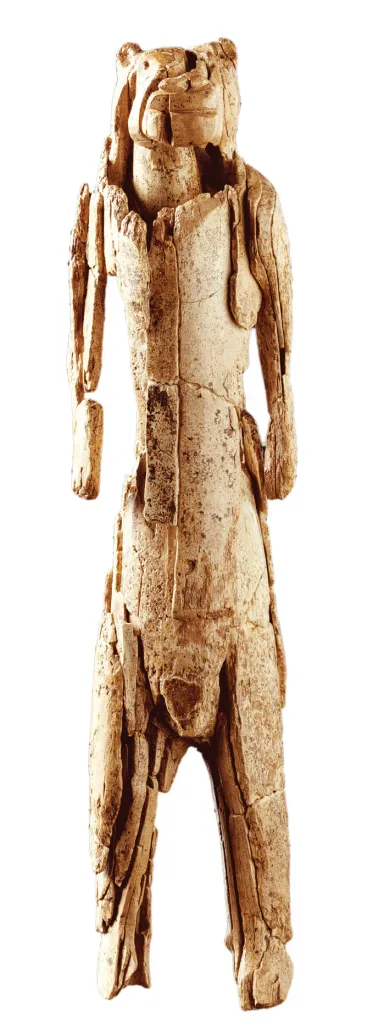
Discovery and Reconstruction of the ‘Lion Man’
The story of the ‘Lion Man’ begins in 1939, when geologist Otto Völzing uncovered hundreds of ivory fragments in Hohlenstein-Stadel cave in southwest Germany. War halted the excavation the next day, and the fragments were left untouched for decades. When they were revisited in 1969 by archaeologist Joachim Hahn, the team attempted a rapid reconstruction using UHU glue, assembling around 200 of the 260 fragments.
The head, severely fragmented, was initially identified as possibly feline or ursine. Later, after further additions by Elisabeth Schmid in the 1980s, it was declared “certainly” a lion, and missing sections were filled with putty or wax. However, these additions introduced subjective artistic interpretation into the process.
Further excavations between 2009 and 2013 uncovered over 575 more fragments, but only some could be fitted into the existing model. Some experts now suggest that these may have belonged to multiple carvings. The repeated dismantling and reassembly of the figurine—combined with the deteriorated and incomplete state of the ivory—raises serious concerns about the accuracy of the current form.
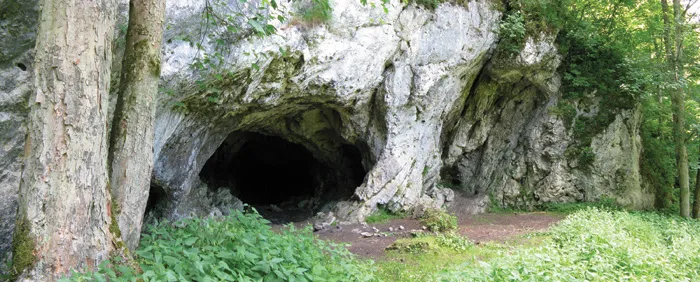
Lion or Bear? Rethinking the Animal Identity
Physical Features: A Closer Look
At first glance, the figure is widely accepted as a lion-headed man due to its elongated snout and upright posture. But closer examination reveals key inconsistencies:
-
No Mane: Ice Age cave lions may not have had manes, but artistic depictions from the time never show them either—making the absence here inconclusive.
-
No Whiskers: Unlike verified Ice Age lion depictions (like those from La Vache and Chauvet), the ‘Lion Man’ lacks clear vibrissal follicles (whisker pads).
-
No Fangs or Tail: Even though the figure is said to be “smiling,” there are no fangs. Also, no tail is present, which is unusual for depictions of big cats.
The most telling feature may be the broad, rounded snout in the most recent reconstruction. Rather than looking like a lion, it bears an uncanny resemblance to a bear—more Baloo than big cat.
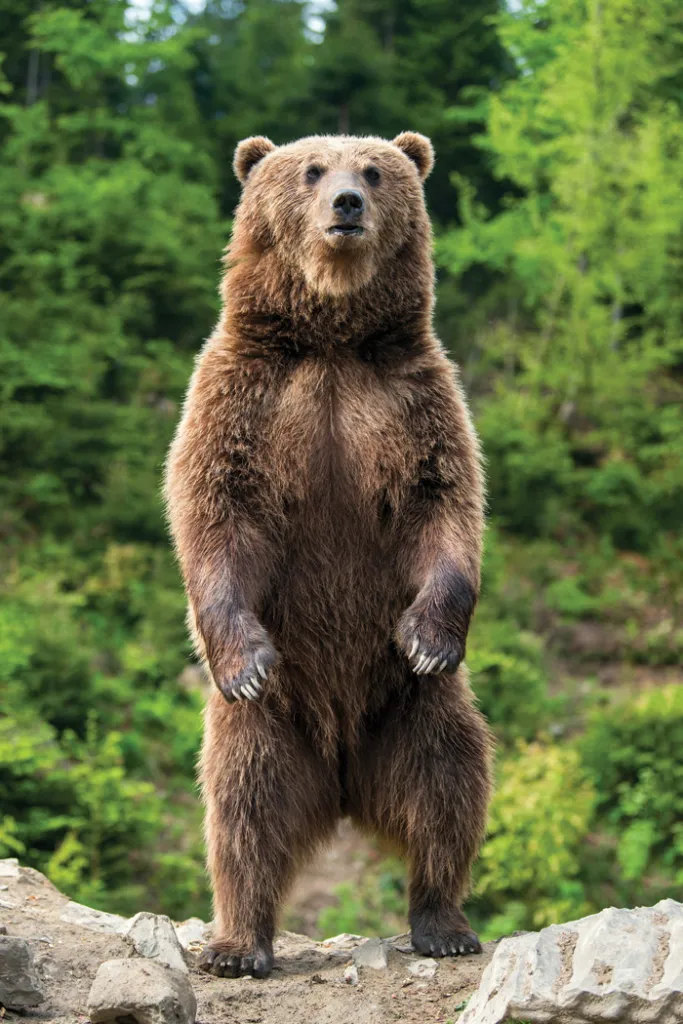
The Upright Stance
Lions do not stand on two legs. Bears, on the other hand, often stand to observe, fight, or forage. This upright posture aligns much more naturally with a bear’s behavior than a lion’s.
Cultural Influences: Was Sekhmet an Inspiration?
One possible source of bias in the original reconstruction is the ancient Egyptian goddess Sekhmet, who has the head of a lioness and the body of a woman. It is not inconceivable that early 20th-century archaeologists, familiar with Egyptian mythology, were subconsciously influenced by such images. This could have colored their interpretation of an ambiguous and incomplete object.
Comparative Analysis: Other Ice Age Figures
When compared with other Ice Age artifacts:
-
The Vogelherd Lion Head: Often cited as a reference for the ‘Lion Man’s’ feline identity, this ivory carving does not resemble the Hohlenstein-Stadel figure in critical aspects like ear position and snout shape.
-
The Adorant from Geissenklösterle: Initially seen as a human figure in a posture of reverence, this bas-relief has also been reinterpreted as a lion-man. Yet, it lacks key features linking it to either lions or bears. Its ambiguity mirrors the problem with the ‘Lion Man’—namely, over-interpretation of incomplete forms.
-
The Hohle Fels Figurine: This tiny and vague carving has also been labeled a ‘lion man’ by some, but its features could just as plausibly depict a bear.
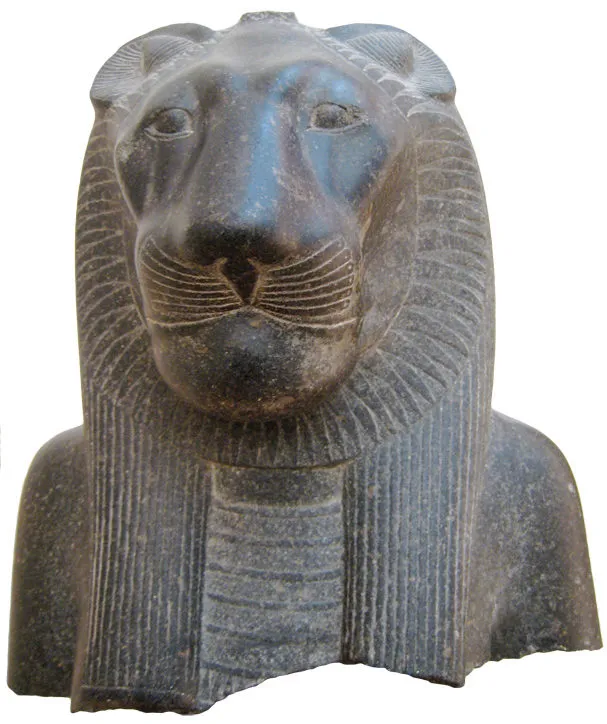
Bears and Palaeolithic Humans: A Special Relationship
There’s compelling ethnographic and archaeological evidence to suggest that bears held profound significance for Ice Age humans:
-
Anatomical Similarities: Bears share a number of skeletal traits with humans, making them difficult to distinguish in fragmentary form.
-
Behavioral Parallels: Bears use caves for hibernation and birth, much like human shelters. Their standing posture, diet, and maternal care habits mirror those of humans.
-
Spiritual Connections: In many ancient and indigenous cultures, bears have been revered as spiritual beings or totemic ancestors. This reverence could have originated far earlier than previously assumed.
Bears were not only a familiar presence but may have been imbued with mythological or shamanic importance due to these overlaps with human life.
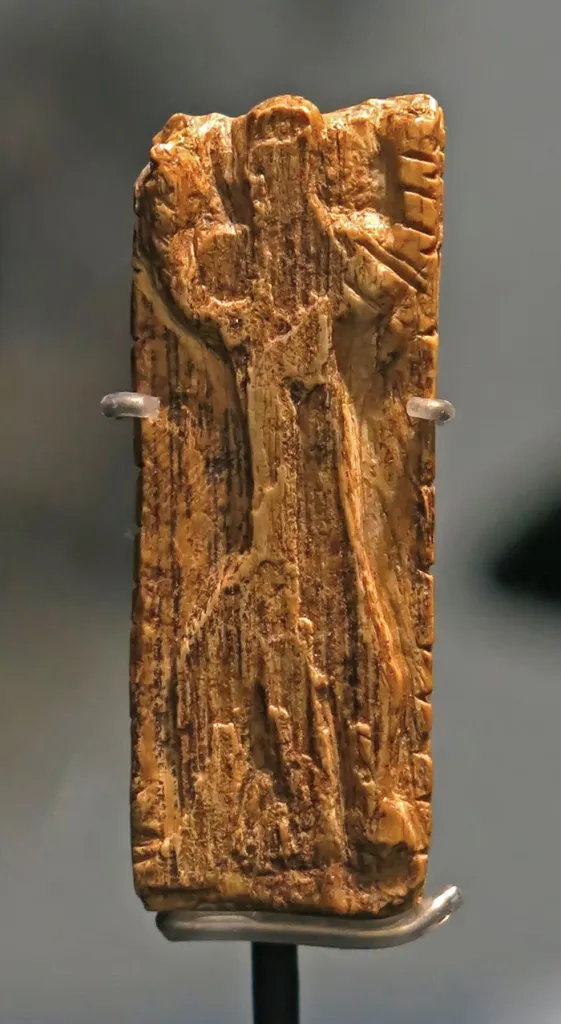
Art or Artifact? Caution in Interpretation
Many reconstructions and interpretations of the ‘Lion Man’ have been speculative at best. Given the fragmentary and eroded state of the ivory, combined with subjective enhancements using wax and putty, it’s difficult to assert the authenticity of the form we see today.
Experts involved in its restoration have themselves acknowledged. The immense difficulty of the task and the likelihood that many pieces still don’t fit. Or perhaps belong to another carving entirely.
Conclusion: A Bear, Not a God
The ‘Lion Man’ may not be the oldest image of a god or a shaman, nor even a lion. Instead, the evidence increasingly supports the idea that this enigmatic carving is a stylized standing bear. Possibly representing the importance of bears in early human life. Rather than a hybrid mythological figure, the sculpture could be a naturalistic representation of a revered and familiar animal.
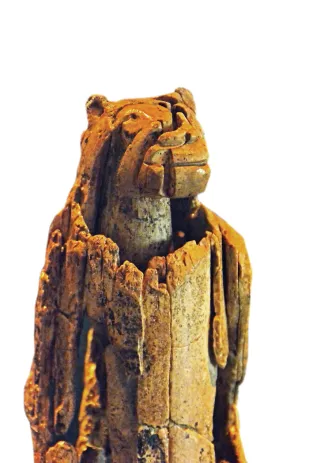
As our understanding of Ice Age art continues to evolve, we must remain cautious and critical. Especially when interpretations are built on reconstructions of reconstructions. The ‘Lion Man’ may yet roar, but it could just as easily growl.
ALSO READ: Yurak-Rumi: A Hidden Inca Treasure in the Heart of Peru

